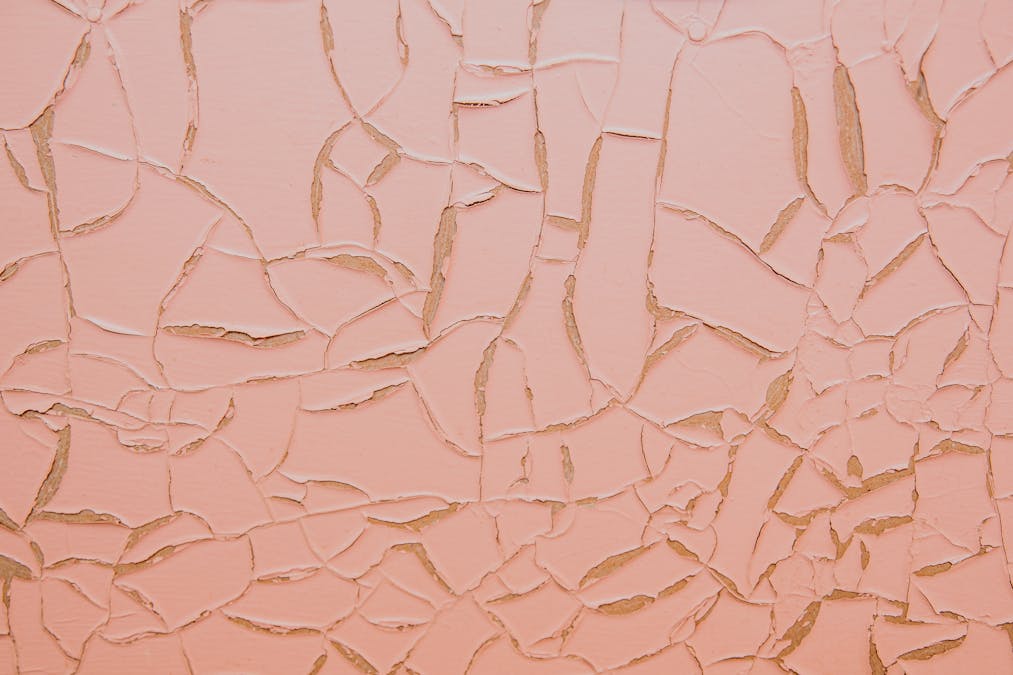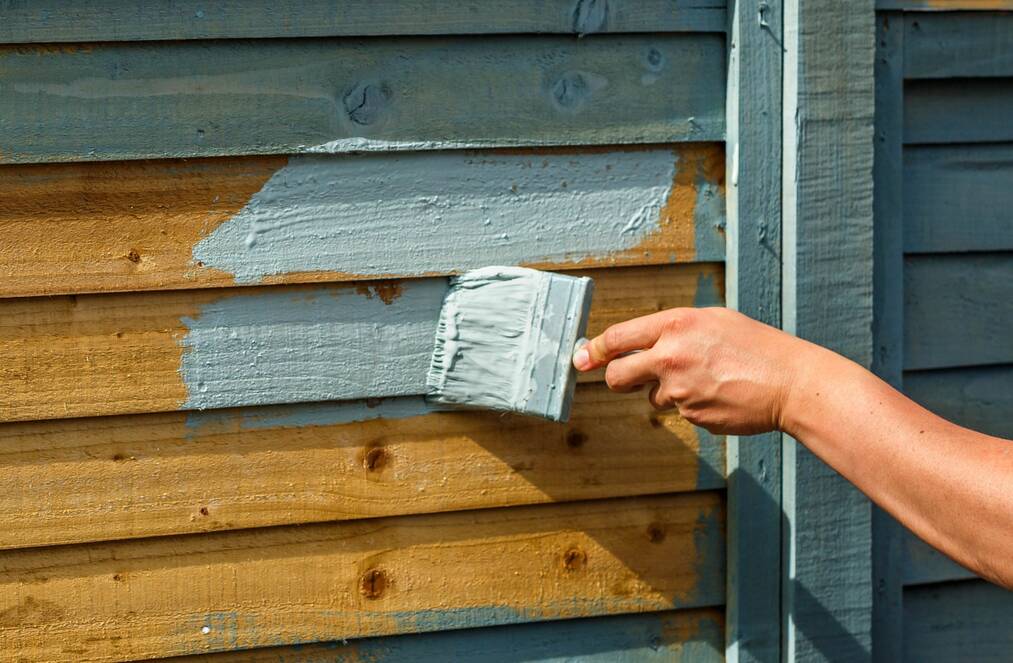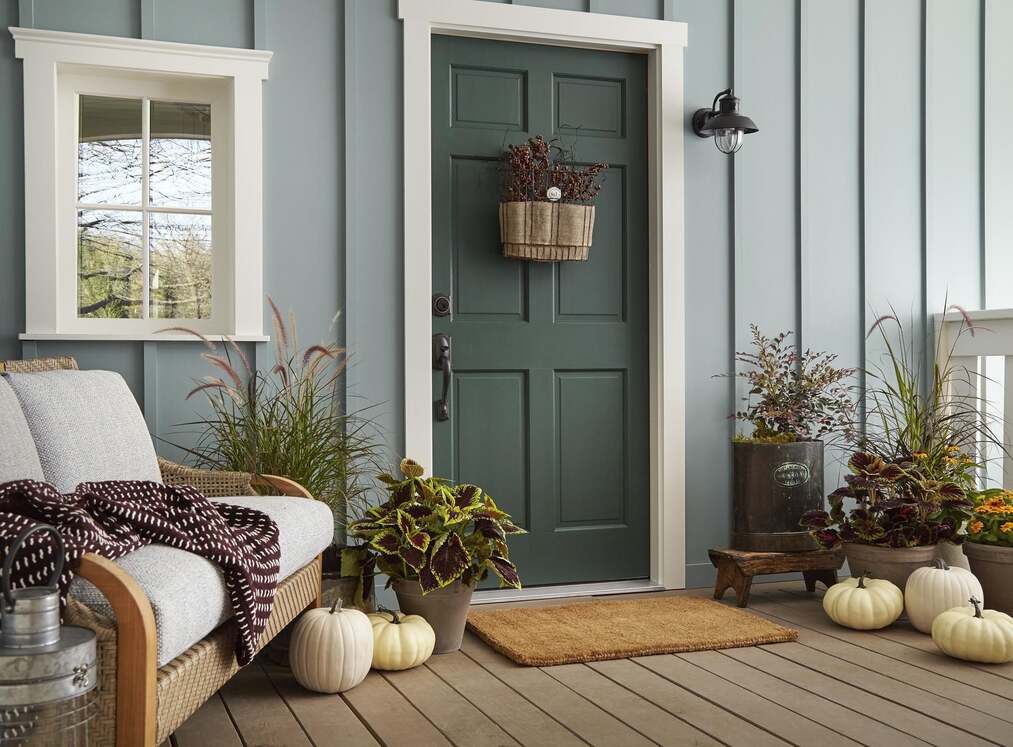How to Know If Your Interior Walls Need Repainting

You might not notice it right away, but over time, the condition of your walls can quietly drag down the feel of a room. What once looked clean and polished can begin to appear dull, discolored, or worn—even if the layout and decor haven’t changed.
Still, many homeowners wait too long before scheduling an interior repaint. Whether it’s subtle fading or visible scuffing, there are clear signs your walls need repainting soon—and those signals often mean more than just a cosmetic refresh.
In many cases, repainting is about protecting the surface underneath, maintaining indoor air quality, and preserving the value of your home.
In this article, we’ll outline the most common indicators that your walls need professional attention and why a trained painter is the best choice for restoring your space properly.
Fading and Discoloration Are Telling Clues
Color changes are one of the most visible signs that your walls need repainting soon. Even if the paint was applied professionally years ago, no wall is immune to the effects of time, light, and environmental exposure.
Professional painters often notice signs of fading long before homeowners do. That’s because these changes can happen gradually until one day, the paint looks noticeably dull or uneven under natural or artificial light.
Common causes of fading and discoloration include:
- Sun exposure: UV rays break down pigment over time, especially in rooms with large windows or southern exposure.
- Heat and humidity: Moisture in kitchens, bathrooms, or basements can cause blotchy or uneven color.
- Smoke or grease buildup: Even small particles from cooking or candles can settle on painted surfaces, changing their tone.
Once paint has faded or yellowed, no amount of cleaning can restore it. At that point, a fresh coat is the only way to revive the room—and a professional will know how to prep and paint the surface to prevent premature fading next time around.
Chips, Scuffs, and Surface Wear Keep Adding Up
Wall paint isn’t just there to provide color—it also protects the drywall underneath from everyday wear. Over time, that protective layer starts to break down, especially in high-traffic areas where walls take frequent hits.
If your walls have multiple scuffs, scratches, or peeling spots, it’s a clear sign your walls need repainting soon, even if the damage seems minor.
Areas that typically show wear first include:
- Hallways and stairwells, where backpacks, shoes, and furniture often brush the walls
- Kids’ bedrooms and playrooms, which take on dents, crayons, and impact marks
- Entryways and mudrooms, where moisture, dirt, and frequent movement take a toll
Professional painters do more than just roll on new paint—they repair damaged drywall, properly sand rough spots, and apply premium coatings that hold up to future use. This level of prep and detail ensures the finish lasts longer and looks clean from every angle.
If you’re constantly touching up dings or trying to hide marks, a full repaint is likely the more efficient—and more polished—solution.
Stains That Don’t Wash Off
Not all wall stains are just surface-level. Some seep through the paint or result from deeper issues like water damage, mildew, or grease, making them difficult or impossible to remove with standard cleaning.
When you’re dealing with persistent marks, trying to scrub them away often does more harm than good. You may end up thinning the paint or creating dull patches that make the stain even more noticeable.
Stains that typically signal the need for repainting include:
- Grease spots in kitchens or near vents
- Water stains from past leaks or poor ventilation
- Mildew or smoke residue in bathrooms or homes with fireplaces
- Crayon, marker, or permanent scuffs in kids’ rooms or offices
A professional painter will identify what caused the stain, spot prime the affected area to block bleed-through, and apply a finish that seals and protects the surface. In some cases, they may also recommend mildew-resistant or washable paints for added durability in stain-prone rooms.
If you’ve tried cleaning and the blemish won’t budge—or you’ve ended up with an uneven sheen—it’s time to bring in a pro to restore the wall properly.
You’re Updating the Room or the Lighting
Interior paint plays a larger role in your home’s appearance than many people realize, especially when you’re making other changes. If you’ve recently updated your furniture, swapped out fixtures, or installed new lighting, you might notice that your walls suddenly look out of place.
This is often one of the less obvious signs your walls need repainting soon, but it can have a big impact on the finished feel of a space.
A few common scenarios that call for repainting include:
- Color mismatches after switching décor or flooring
- Old paint showing texture flaws under brighter or directional lighting
- Inconsistent finishes when combining old walls with new built-ins or accent features
Professional painters help homeowners align their walls with the room’s new look—not just in color, but in texture, sheen, and tone. They can also help with color consultation to make sure the new paint enhances the overall design, rather than clashing with it.
Repainting as part of a larger room update ensures everything feels fresh, intentional, and complete, down to the smallest detail.
Paint That’s Lost Its Sheen
Even when the color still looks decent, a fading sheen is one of the more overlooked signs your walls need repainting soon. Paint finishes—like satin, eggshell, or semi-gloss—aren’t just aesthetic choices. They serve a functional purpose by providing added durability and washability, especially in high-use or moisture-prone rooms.
Over time, though, that protective sheen begins to break down. This is especially true in areas exposed to steam, grease, cleaning chemicals, or frequent contact.
Common signs that the sheen has deteriorated:
- Chalky or flat-looking areas that once had a subtle shine
- Uneven patches of reflectivity when light hits the wall at an angle
- Increased difficulty wiping surfaces clean without leaving dull spots or streaks
This breakdown means the paint is no longer doing its job, and the wall beneath it is more vulnerable to stains, scratches, and moisture damage.
Professional painters don’t just reapply a coat in the same finish—they’ll assess whether a different product or sheen level is better suited to the space and conditions, improving longevity and appearance.
If It Looks Off, It Probably Is
Interior paint doesn’t always announce when it’s past its prime—but once you start spotting the signs, they’re hard to ignore. Fading, scuffs, stains, and surface dullness are all indicators that your walls need attention, not just for looks, but for durability and protection.
The best time to repaint isn’t after the damage is obvious—it’s when those early cues start to show. A professional painter will assess your home’s needs, recommend the right products, and deliver a finish that restores both the appearance and performance of your interior walls.
When your walls no longer reflect the care you’ve put into your home, it might be time to refresh them properly and professionally.




Leave a Reply